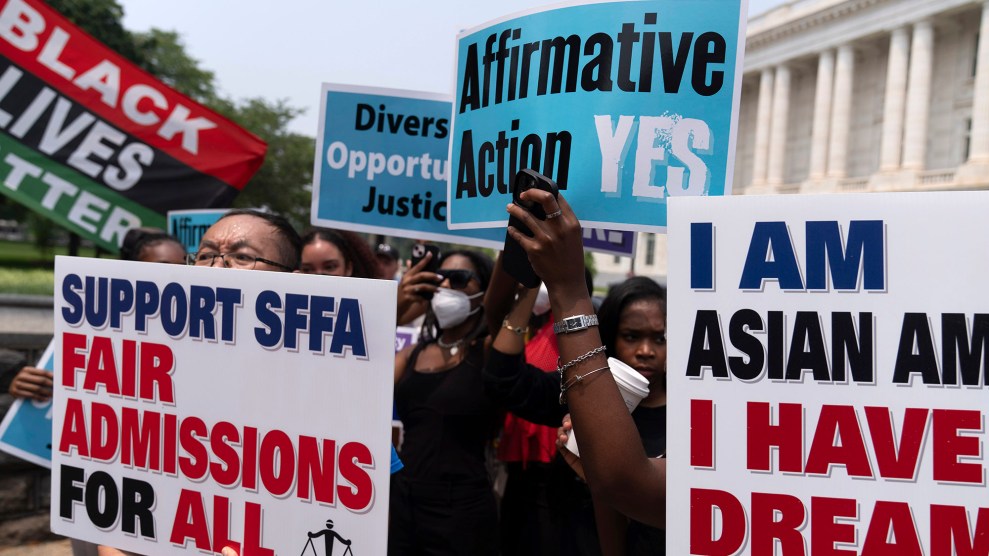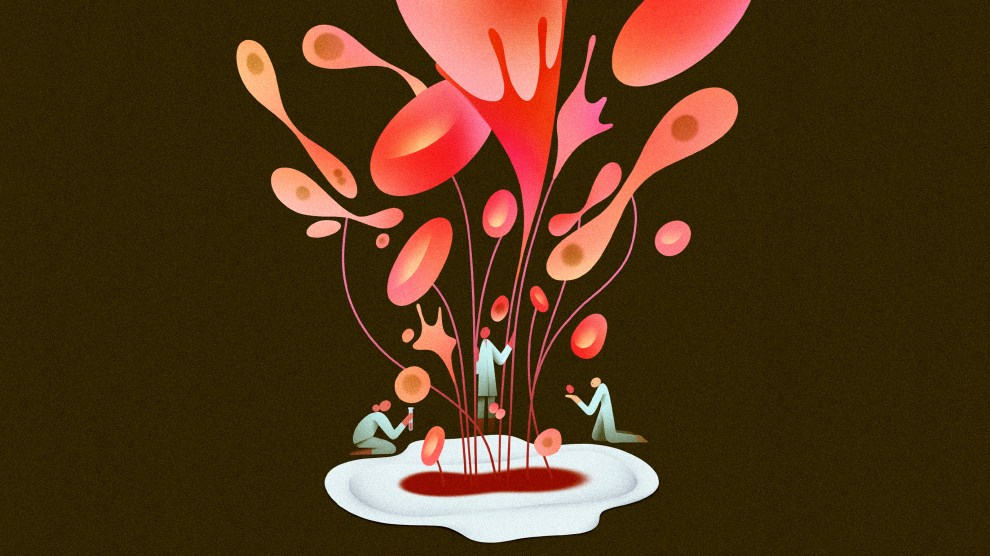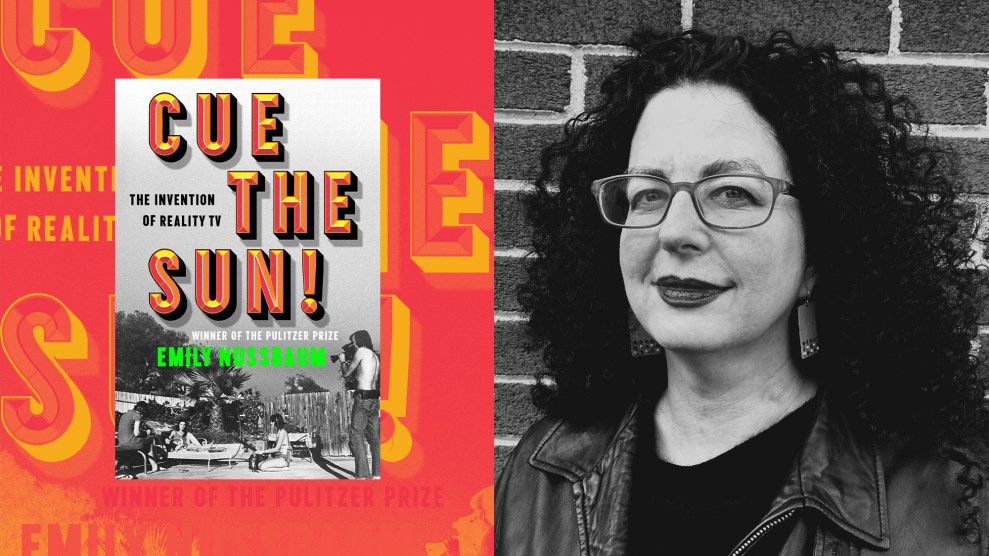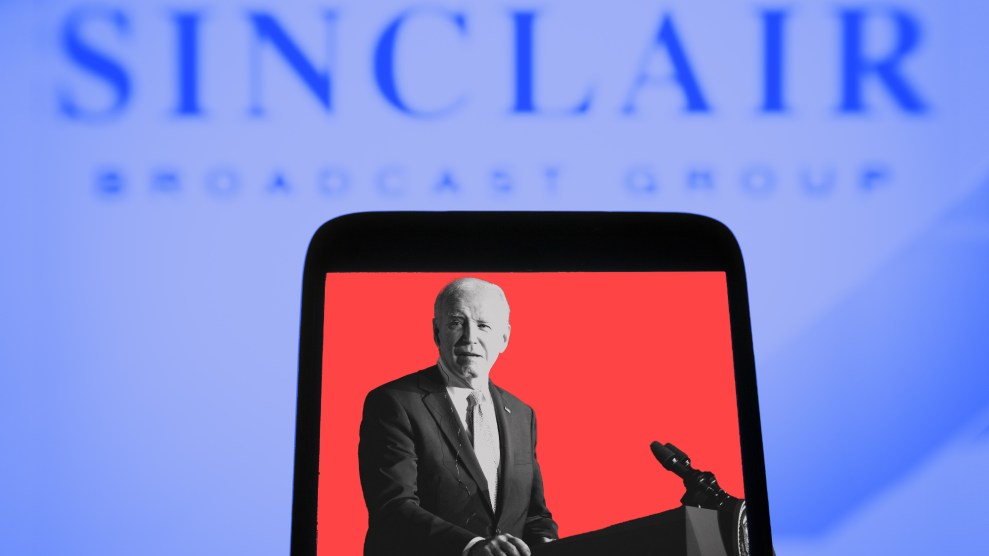Last year, in another moment of anger and grief, the former editor of a local newspaper wondered about the role of journalism in covering brutal killings. “Journalists feel the need to bear witness,” John Temple, who ran the Rocky Mountain News at the time of the Columbine shooting, wrote. “But to the same horror, again and again? I can’t say anymore that I believe we learn from terrible things. I can say that I’ve seen the limits of journalism—and of hope. And I’m struggling with what to do about it.”
Temple was talking about a very different problem than the one dominating the news now. Mass shootings have received lots of attention, especially when victims have been white, as opposed to the Black and Brown people harmed and killed by police violence every day. But all the more so is this a moment to ask about the role and limits of journalism—of storytelling, period—as the author Roxane Gay did in the New York Times recently. “I write similar things about different black lives lost over and over and over. I tell myself I am done with this subject. Then something so horrific happens that I know I must say something, even though I know that the people who truly need to be moved are immovable.”
We seem to be poised on the knife’s edge of that question right now. Police violence, anti-Blackness, white supremacy. Are these immovable? And what is the role of journalism in either cementing or disrupting them?
Sometimes when you’re looking at really big questions it helps to dive into the specifics, such as the particular, and sometimes dangerous, relationship between journalism and police. Like Temple, I was an editor at a local paper in the ’90s. Mine was City Pages, an alt-weekly in Minneapolis/St. Paul, and police brutality was one of the top issues we covered. We wrote about how most officers did not live in the city they patrolled, and how the police union protected “thumpers” and blocked reform at every turn. We wrote about the time that officers locked two Native men in the trunk of their squad car and sped around the city; the time a SWAT team killed Lloyd Smalley, 71, and Lillian Weiss, 65, in their beds because they’d picked the wrong house to raid; the many, many times people of color were hurt or killed at the hands of those sworn to protect and serve.
One possible conclusion from the events of the past few weeks is that none of this mattered; that exposure did not make a difference. Most Minneapolis cops still refuse to live in the city whose residents pay their salaries, and Black and Brown people still bear the brunt of police violence. One of the officers who put those men in the trunk (and was accused of hauling multiple people down to the banks of the Mississippi to beat them up) retired from the force in good standing in 2014. Lieutenant Mike Sauro, who led that deadly SWAT raid, was promoted to head the sex-crimes unit and didn’t leave until a couple of years ago. Bob Kroll, who joined the department in 1989, became president of the police union after he racked up 20 excessive-force complaints, 16 of which were closed without discipline. As MoJo‘s Samantha Michaels reported, a lawsuit against the city by officers of color said Kroll wore a white power patch and called former Rep. Keith Ellison a “terrorist,” a term he also hauled out to describe Black Lives Matter protests in 2016, and yet again this past week.
Kroll’s consistency with that word is no accident. It’s the language of a culture where police see themselves—and are allowed to operate—as warriors, even occupying troops, battling insurgency. That culture is self-perpetuating; it imparts its values from generation to generation. That’s why an officer who was still in high school when my fearless colleague Jennifer Vogel investigated police abuses in the ’90s (and who himself had 17 complaints during his nearly two decades on the force, all but one closed without discipline) put his knee on the neck of a Black man on Memorial Day and kept it there, amid his pleas for air, long past when there was no pulse.
Racism and state violence against people of color are systemic. That’s why we can’t expect them to evaporate upon exposure. It’s not about “bad apples,” the copout theory so memorably embraced this past week by Trump national security adviser Robert O’Brien.
Most reporters have the sense not to spout that horrid trope, but a couple of related fallacies do run deep through our profession. One is the reliance on police sources to fill column inches and on-air minutes in local news (and more recently podcasts and mugshot-filled websites) with crime reporting. The “night cops” beat has been a boot-camp assignment for many reporters, and too often it consists of cranking out “if it bleeds, it leads” stories that depend heavily on the accounts of police.
In these, and many other stories involving law enforcement, information from “authorities” (another term that reflects a self-perpetuating culture) almost always gets more weight than that from communities experiencing violence. There are legal reasons for this—government data, such as an arrest report, is “privileged” and can’t get us sued. But there’s also systemic bias in an industry that remains white- and middle-class-dominated. Thus the racialized use of “looting” (see Vann Newkirk II’s powerful demonstration of how that worked post-Katrina). Thus, as MoJo‘s Daniel Moattar notes, the bias toward “centering property and order” from those used to having both.
Reporters covering police have also done powerful work exposing everything from unjustified property seizures to out-of-control settlement payouts. But here’s where we come up against another fallacy: Sometimes accountability reporting sees itself as exposing violations of rules, with the assumption that the rules will then kick in and correct the abuse. But when the system is not in fact designed to prevent the abuse—when the problem is not the apples, but the tree—that assumption fails.
So what does all this mean for newsrooms, particularly those that are majority-white? (At City Pages, the whole newsroom was white when I was there; at Mother Jones, about 70 percent of our staff and fellows are.) It means, for one, that we have to consistently ask what part we have in the systemic racism that underlies police violence, and what we can do to disrupt it. There’s much to do on that front, including how we hire and train journalists, which experts we call, and which stories we prioritize. This has been a focus for Mother Jones; we know there is much more to do, and we look forward to sharing that work with you.
We also need to consistently shine light on the systemic part—to not drop the ball after the high-profile cases (that themselves can become voyeuristic spectacles) fade from the headlines, and to avoid the wide-eyed implication that “this is not who we are.” We need to look out for how we use language such as “riots” or “unarmed black man.” And we need to be serious about pursuing truth, not the he-said-she-said regurgitation of conflicting accounts.
Journalism has a choice, and it takes a side, whether we acknowledge that or not. We can be complicit in disinformation, sensationalism, or racialized narratives of law and order, or we can work to oppose them. And that choice is particularly stark at this moment, when gaslighting is so pervasive it can seem, in the words of MoJo‘s Nathalie Baptiste, “as if everyone from the highest levels of government, to police officers, and randoms on Twitter are embarking on a campaign to make you feel as if you’re just imagining the widespread brutality raining down from the state.”
The press should not be part of that list. But too often we are.
“As a profession, we are part of the larger system that protesters around the nation and the world are pushing against,” says Martin Reynolds, co-executive director of the Maynard Institute, which works to advance diversity in media. “We report on the system and in some cases push back against the system, but in many instances we haven’t done enough of that in the way that matters to Black and Brown and Indigenous people. For example, running police mugshots to drive revenue and pageviews, or taking police reports as gospel, quoting ‘official sources’ over unofficial sources in the community, we are in effect, co-creating with these systemic institutions.”
But journalism has the option of doing something else. It can choose to show people and communities to each other. It can disrupt a dominant consensus. It can help make movements and ideas visible. “To be human now is to be isolated, uncertain, and scared,” MoJo‘s Jamilah King wrote in an essay that you can also hear her read on The Mother Jones Podcast. “It’s no wonder that so many people have taken to the streets. Outrage is a unifying emotion. It’s intimate and collective.”
It’s also a way of affirming what is real, in the face of so much gaslighting. In that way, perhaps Trump is right that the media and protesters have something in common: At its best, reporting affirms what is real, so that “authorities” can’t lie with impunity. (That, after all, is why police at many of the recent protests have targeted reporters.) If that means to “bear witness to the same horror, again and again,” then we need to do that—and expose the systems that make it so, and make visible the people and ideas that can change it—until it finally stops being necessary.
I don’t know when that will be. But something has changed since the protests began in Minneapolis. Some of what has always felt immovable may be starting to move, and we’ve heard from a lot of Mother Jones readers that they want to be part of it. So I’m hoping to hear from you.
Mother Jones is in fundraising mode right now, and I’ve written about why we need your support. But today, I’m hoping you’ll consider supporting one of the amazing newsrooms led by and focused on communities of color. In addition to the ones you may already be familiar with—such as the vibrant Black-owned radio stations and newspapers in your community, like WURD in Philadelphia, and the Oakland Post where I live—here are 27 such news outlets that are members of the Institute for Nonprofit News. Thank you for being part of the change.
- Baltimore Brew
- Block Club Chicago
- Borderless
- Borderzine
- Boyle Heights Beat
- Centro de Periodismo Investigativo
- Charlottesville Tomorrow
- Chicago Reporter
- Cicero Independiente
- City Bureau
- Detroit Public Television / One Detroit
- Documented
- Enlace Latino NC
- Flint Beat
- Futuro Media
- Madison365
- Migratory Notes
- Milwaukee Neighborhood News Service
- Mission Local
- MLK50
- Outlier Media
- Sahan Journal
- Scalawag
- South Side Weekly
- Voice of Orange County
- Voices of Monterey Bay
- YR Media














